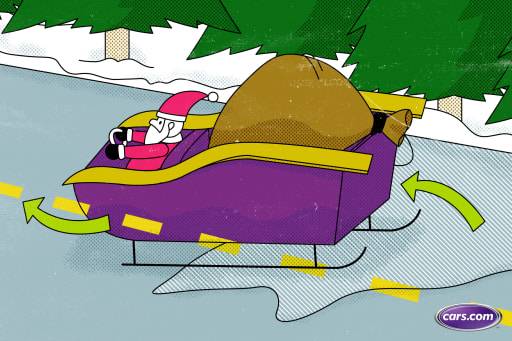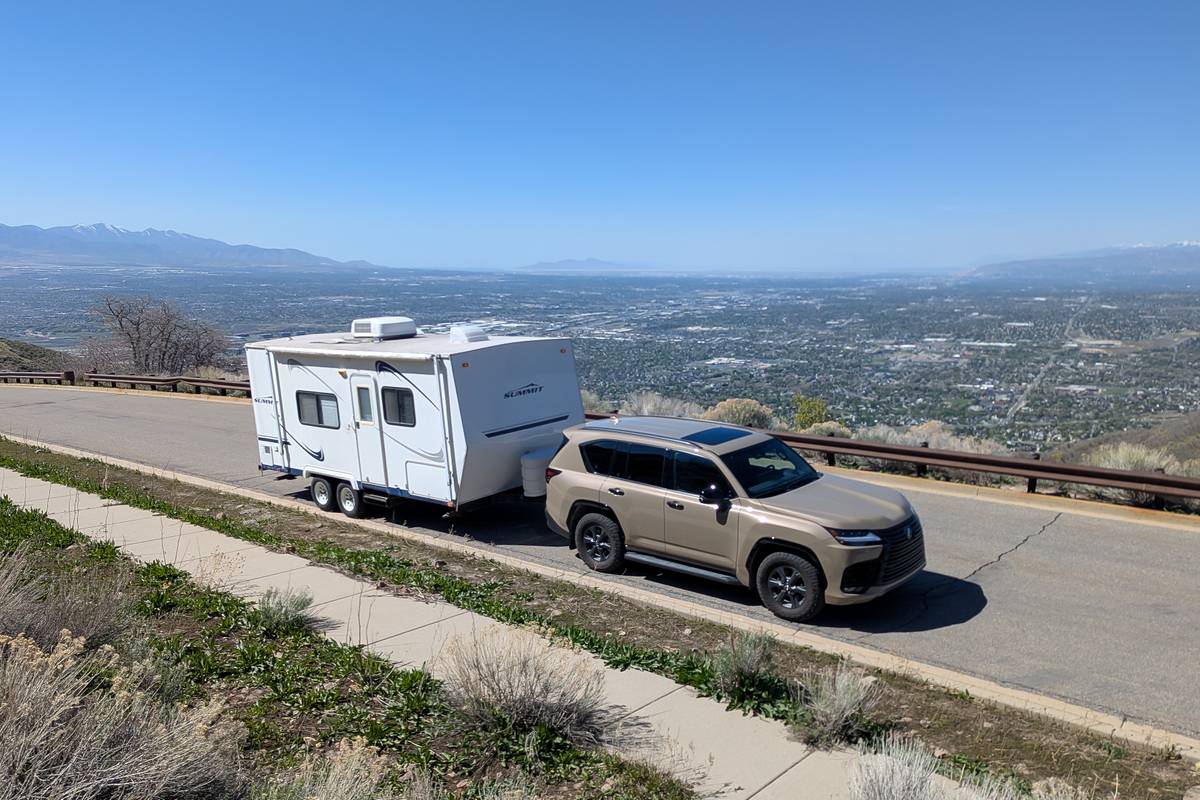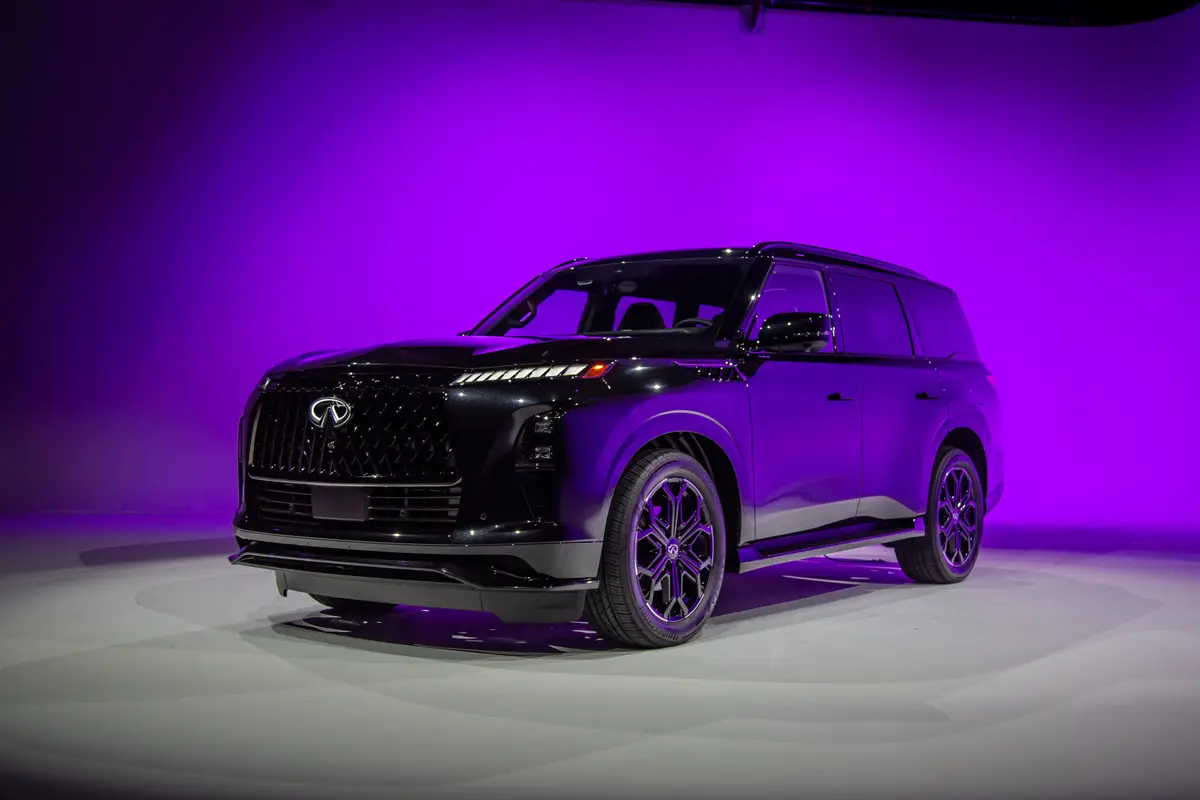For Safe Holiday Travels, Get These Winter Driving Tips Down Cold


CARS.COM — Snow and cold temperatures have already hit several parts of the country, and plenty more is on the way, so proactive motorists have wisely prepared their vehicles for winter weather. The rest of us? Well, not so much, and that lack of preparation shows in data on roadside assistance.
Related: How To Survive Winter With Rear-Wheel Drive
AAA reports that its motor clubs provided roadside service to nearly 8 million stranded motorists last winter. The travel services organization says the number of requests for jump-starts and extractions of vehicles that slid off the roadway spikes during the winter months.
Getting a car ready for winter isn’t only about stocking the trunk with equipment you should have in case of an emergency, such as jumper cables, a flashlight, a shovel, road salt or kitty litter to put under tires for better traction, as well as blankets and warm clothing in case you’re stranded. Motorists should also try to avoid emergencies in the first place by making sure their battery, tires and brakes are ready for winter.
Hot summer weather accelerates battery wear so that when winter weather arrives there is less electrical power available to start the engine when you need more power to crank an ice-cold engine. AAA says January is when its motor clubs replace the highest number of batteries. Most repair facilities and auto parts stores provide free battery tests to measure the reserve capacity, and the best time to have this done is before the temperature drops below freezing.
Bald tires may get you where you want to go in dry weather, but they can make driving treacherous when snow falls. Tires that have little or no tread depth trap snow and water underneath them, making it harder to accelerate, steer and stop. New tires — or winter tires designed for snow and ice — can greatly improve traction and prevent a collision or skidding into a ditch. Likewise, worn brakes increase stopping distances and make it harder to avoid collisions; brakes should be inspected by a qualified technician to see if fresh pads or rotors are in order.
Experts also advise making sure you can see other vehicles and that other drivers can see you. That means all exterior lights should be working because winter is when there is the least amount of daylight and the most frequent low-visibility conditions. Among other suggestions are to get new wiper blades and make sure the windshield washer system is working because snow mixed with road salt can quickly obscure a windshield.
If your car’s air conditioner conked out during the summer, and you were thinking of putting off the repair until spring, think again. On most vehicles, the air conditioner comes on automatically in windshield-defrost mode to dehumidify the air, which clears moisture from the glass faster. Without air conditioning, the windshield will remain fogged much longer.
Even if your vehicle is ready for winter, are you ready? Driving on snow, slush and ice poses different challenges than rain, and though many drivers think they know how to handle winter weather, they might benefit from browsing AAA’s winter driving tips.
Among the tips: If your car starts to skid, look where you want to go and “steer in the direction you want the front of the vehicle to go.” Many drivers still cling to the incorrect notion that they should “steer in the direction of the skid,” an approach that could be disastrous if, for example, you were skidding toward a cliff.
The National Highway Traffic Safety Administration, which also provides winter driving tips, suggests you practice driving in the snow. After a snowfall, find a safe location, such as an empty parking lot, to get a feel for how the vehicle performs and how snow affects traction, steering and braking. That would be especially good training for a teenager or other new driver.
The holiday season that stretches from Thanksgiving into January only adds to the stress of winter driving. Though Americans generally drive less during the winter than the summer, the holidays bring millions of motorists out of hibernation, and the holidays aren’t always happy when it comes to driving. In a survey conducted for insuranceQuotes.com that asked about holiday-related hazards, 22 percent of respondents said they have had a car accident due to snow, ice or rain.
“We know there are more people on the roads during the holidays,” Laura Adams, senior analyst for insuranceQuotes.com, said in a phone interview. “They’re out shopping, they’re visiting family and friends, perhaps attending parties. There’s just a lot of traffic, and whenever we have more traffic and congestion on the road, that leads to more accidents.
“You combine all of that with dangerous snow and ice in many parts of the country, and it makes sense that it could easily be a high-accident time of year.”

Contributor Rick Popely has covered the auto industry for decades and hosts a weekly online radio show on TalkZone.com.
Featured stories



